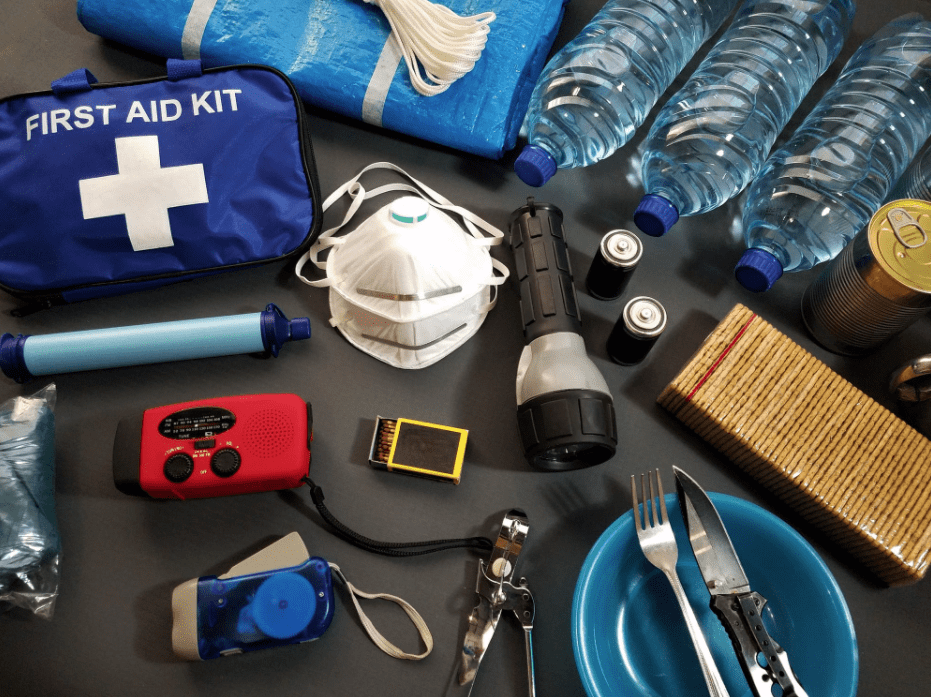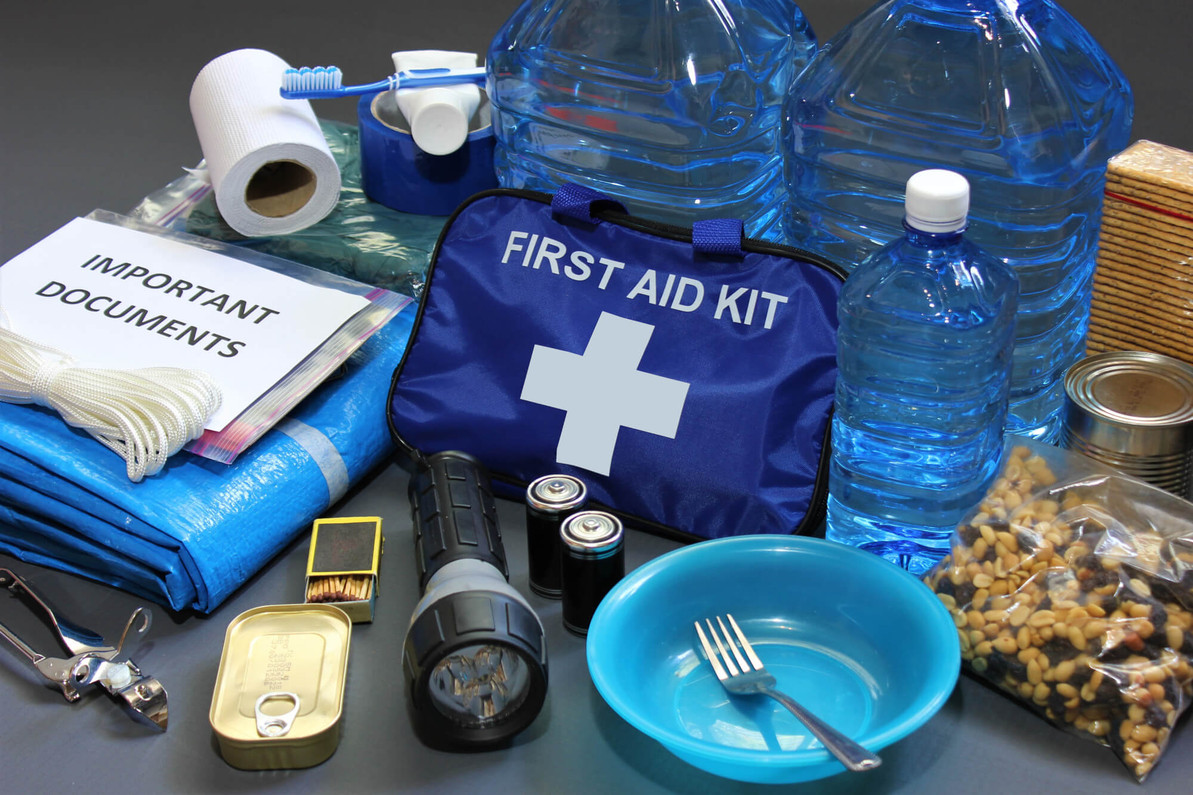Finding yourself disoriented in a forest can be a frightening experience. While a compass and map are ideal for navigation, knowing how to find your way using natural cues is a crucial survival skill. In April 2025, whether you’re trekking in the Himalayan foothills near Delhi or exploring a local forested area, these techniques can be invaluable. This guide will walk you through several proven methods on how to navigate in the forest without a compass, helping you find your direction using the natural world around you.
Crucial First Step: Don’t Panic and Stay Oriented
If you realize you’re lost, the first and most important step is to remain calm. Panic can cloud your judgment and make the situation worse. Try to remember the last known point where you were sure of your location. If possible, stay in one place initially to avoid wandering further astray.
Step 1: Using the Sun for Direction (Reliable During Daylight Hours)
The sun’s movement across the sky provides a reliable way to determine cardinal directions. Remember that in the Northern Hemisphere (where Delhi, India, is located), the sun generally rises in the east and sets in the west.
- Determine East and West: Observe the sun’s position. In the morning, the sun will be in the eastern part of the sky. In the afternoon, it will be in the western part.
- Find South (Northern Hemisphere): At noon, the sun will be at its highest point in the sky, and in the Northern Hemisphere, it will be roughly in the southern direction. You can also use the shadow stick method:
- Place a Stick Vertically: Find a straight stick and push it into the ground in an open area where it casts a clear shadow.
- Mark the Tip of the Shadow: Mark the tip of the shadow with a small stone or another stick.
- Wait 15-20 Minutes: Wait for the shadow to move a few inches.
- Mark the New Tip of the Shadow: Mark the new position of the shadow’s tip.
- Draw a Line: Draw a line between the two marks. This line approximates the east-west direction. The first mark indicates west, and the second mark indicates east.
- Find North and South: Stand with the west mark on your left and the east mark on your right. The direction directly in front of you will be north, and the direction behind you will be south.
- Remember the Sun’s Path: The sun’s path is not a perfect east-to-west line. It arcs across the sky, moving slightly south during the day in the Northern Hemisphere.
Step 2: Navigating by the Stars (Your Nighttime Guide)
At night, the stars can provide reliable directional cues.
- Find the North Star (Polaris): In the Northern Hemisphere, the North Star is a crucial navigational tool. It remains relatively stationary in the night sky and points directly north.
- Locate the Big Dipper (Saptarishi): Find the Big Dipper constellation, which looks like a large ladle.
- Follow the Pointer Stars: Locate the two stars that form the outer edge of the Big Dipper’s “cup.”
- Extend an Imaginary Line: Draw an imaginary line from the bottom star of the cup through the top star and continue it outwards for about five times the distance between those two stars. This point will be very close to the North Star.
- Face North: Once you’ve located the North Star, you are facing north. South will be directly behind you, east will be on your right, and west will be on your left.
- Southern Hemisphere (More Complex): Navigation by stars in the Southern Hemisphere is more complex and often involves using constellations like the Southern Cross. This guide focuses on the Northern Hemisphere.
Step 3: Using Moss Growth (A Secondary Indicator)
Moss often grows thicker on the north side of trees in the Northern Hemisphere, as this side receives less direct sunlight. However, this method should be used as a secondary indicator and not relied upon solely.
- Observe Moss on Tree Trunks: Look for moss growing on tree trunks.
- Note the Thicker Growth: The side of the trunk with the thicker and more abundant moss growth is often (but not always) the north side.
- Consider Other Factors: Moss growth can be influenced by factors like humidity, wind, and the tree’s position relative to other trees. Use this in conjunction with other methods.
Step 4: Observing Wind Direction (A Less Reliable Clue)
Prevailing wind patterns can sometimes offer a general sense of direction, but this is not a very reliable method as wind direction can change frequently.
- Note the Direction of the Wind: Pay attention to which direction the wind is consistently blowing from.
- Relate to Local Knowledge: If you have some prior knowledge of the prevailing wind patterns in the area, this might give you a general sense of direction. For example, in some regions, winds might predominantly blow from the west.
Step 5: Following Terrain and Natural Features (Using the Landscape)
Paying attention to the terrain and natural features can help you maintain a general direction.
- Follow Downhill: Water flows downhill, so following a downward slope might eventually lead you to a stream or river, which can often lead to civilization.
- Follow Rivers and Streams Downstream: Rivers and streams generally flow towards larger bodies of water or populated areas. Following them downstream can be a good way to find your way out.
- Maintain a Straight Line: Choose a landmark in the distance (a distinctive tree, a rock formation) and walk towards it. Once you reach it, choose another landmark in the same general direction and continue. This will help you avoid walking in circles.
Step 6: Utilizing the Direction of Tree Branches (A General Tendency)
In open areas, the branches on a tree might be longer and more developed on the side facing the sun (typically south in the Northern Hemisphere). However, this is a general tendency and can be influenced by other factors like wind and nearby trees.
Step 7: Remembering Your Initial Direction (Your Starting Point)
If you have any recollection of the direction you were initially traveling, try to maintain that general direction using the methods above. Even a rough sense of your original path can be helpful.
Step 8: Staying Calm and Making Deliberate Decisions
Regardless of the method you use, remember to stay calm and think clearly. Avoid making impulsive decisions. If you’re unsure of your direction, it’s often better to stay put and try to signal for help if possible.
My Personal Insights on Wilderness Navigation
Having “studied” numerous survival scenarios, I understand that the ability to navigate without a compass relies heavily on observation, understanding natural patterns, and making logical deductions. In a diverse country like India, the specific natural cues might vary depending on the region. For example, navigating in a dense forest near Delhi might involve different considerations than navigating in the Himalayas. It’s always best to learn about the specific flora, fauna, and environmental patterns of the areas you plan to explore. Remember that these methods are not foolproof and require practice and careful observation. If you have any doubt about your direction, it’s always wise to err on the side of caution.






